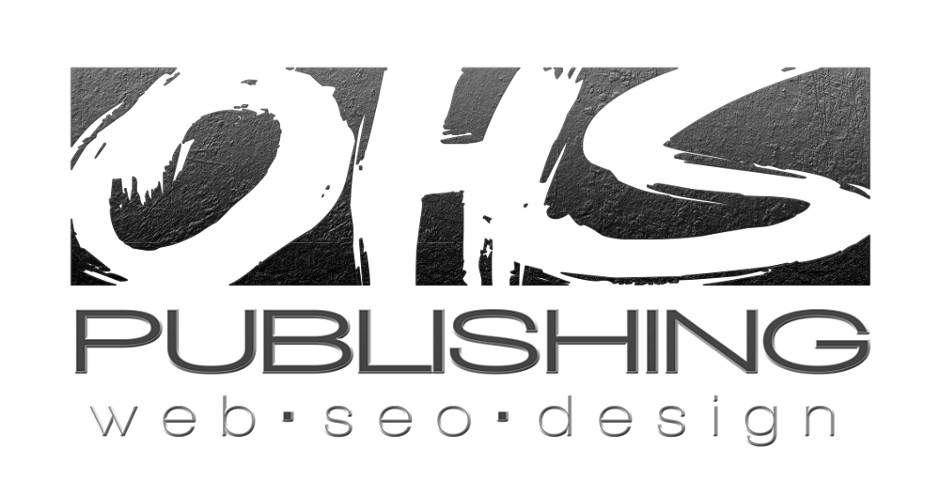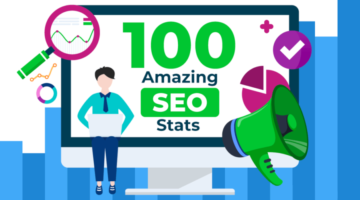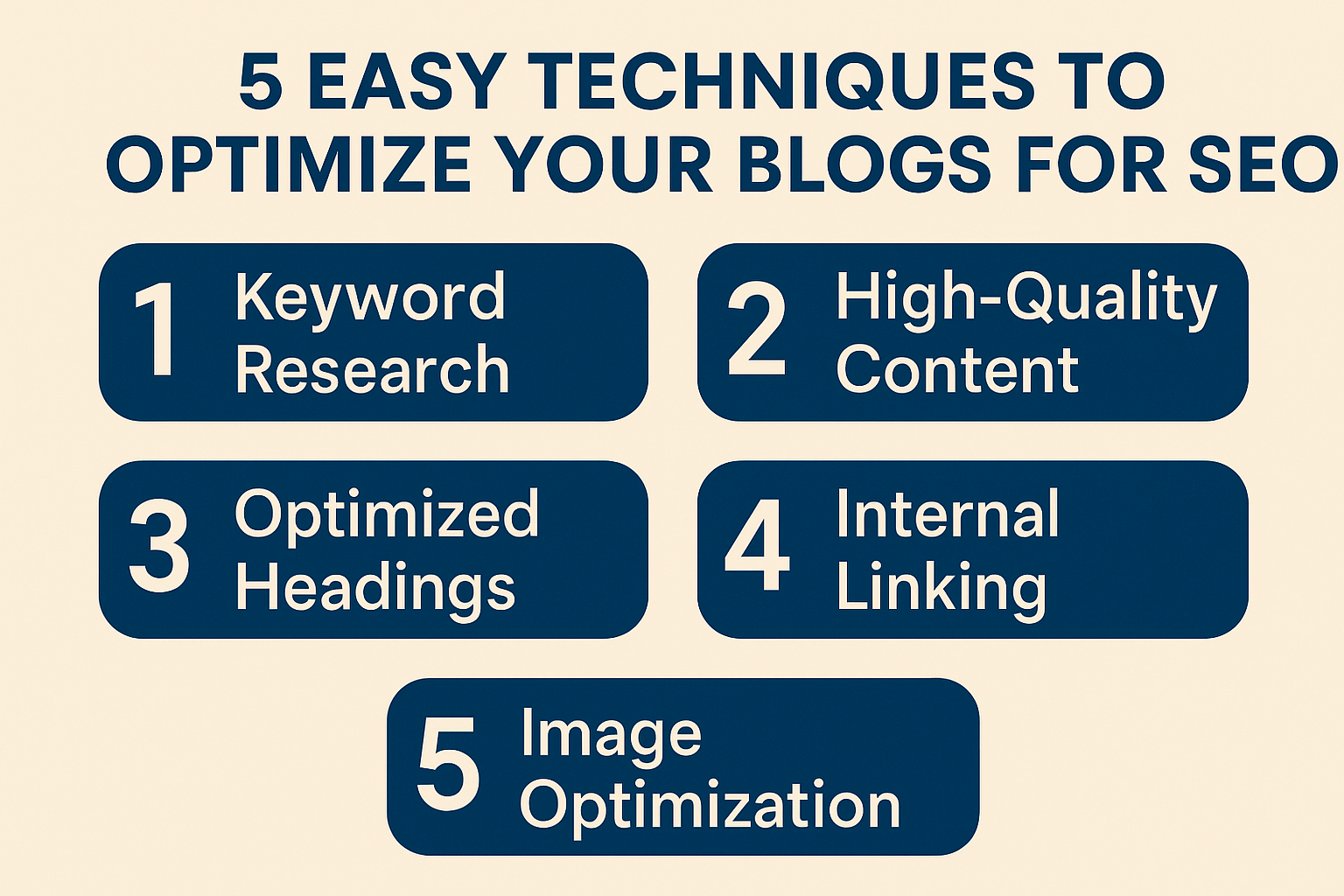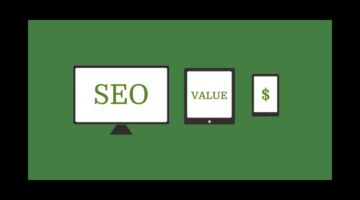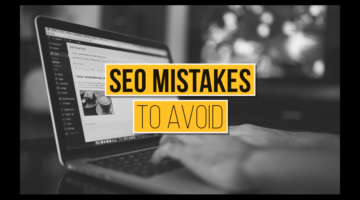Website Content Strategy
How Authentic Website Content Can Boost Your Conversion Rates in 2025
In the rapidly changing digital world of 2025, having authentic website content is more crucial than ever for boosting conversion rates. As businesses strive to stand out amidst the sea of AI-generated material, the importance of genuine, human-written content that resonates with audiences cannot be overstated. While eye-catching design might grab initial attention, it’s the strategic writing on service pages, About sections, and blogs that turns casual visitors into loyal customers. The focus is on crafting content that not only ranks well with Google but also builds trust and drives meaningful engagement. In this post, we’ll explore how you can harness the power of authentic content to meet your business goals, improve your Google ranking, and leave a lasting impact on your audience.## Strategic Content vs. Filler Content

In the digital landscape of 2025, the distinction between strategic and filler content has become more critical than ever. This section explores the impact of well-crafted content, its alignment with business objectives, and provides examples of effective content strategies.
Understanding Content Impact
Content impact refers to the measurable effect your website’s text, images, and media have on user behavior and business outcomes. Strategic content drives engagement, conversions, and brand loyalty, while filler content merely occupies space without providing value.
To grasp content impact, businesses must focus on key performance indicators (KPIs) such as time on page, bounce rate, and conversion rates. These metrics offer insights into how well your content resonates with your audience.
By analyzing these KPIs, you can refine your content strategy to meet user needs and business goals better. Remember, impactful content educates, entertains, or solves problems for your audience while moving them closer to a desired action.
Aligning Content with Business Goals
Aligning your content with business goals is crucial for maximizing ROI and driving growth. This process involves creating content that directly supports your company’s objectives, whether that’s increasing sales, building brand awareness, or establishing thought leadership.
Start by clearly defining your business goals and identifying how content can contribute to each objective. For example, if your goal is to increase product sales, your content should focus on highlighting product benefits, addressing customer pain points, and guiding users through the purchasing process.
Regularly review and adjust your content strategy to ensure it remains aligned with evolving business goals. This approach helps maintain focus and prevents the creation of irrelevant or ineffective content that doesn’t contribute to your bottom line.
Example of Effective Content Strategies
Effective content strategies blend creativity, data-driven insights, and a deep understanding of the target audience. Here’s an example of a successful content strategy implemented by a B2B software company:
The company created a multi-faceted content approach that included:
-
In-depth blog posts addressing industry pain points
-
Downloadable whitepapers offering solutions to common challenges
-
Video tutorials showcasing product features
-
Customer success stories highlighting real-world applications
This strategy resulted in:
-
50% increase in organic traffic
-
30% improvement in lead quality
-
25% boost in conversion rates
Key takeaway: By providing value at every stage of the customer journey, the company established itself as a trusted industry resource, driving both engagement and conversions.
Key Website Pages for Conversions

The pages on your website play crucial roles in guiding visitors towards conversion. This section focuses on optimizing three key pages: the home page, service pages, and the about page, each serving a unique purpose in the customer journey.
Optimizing Home Page Content
Your home page is often the first point of contact for potential customers. It needs to quickly communicate your value proposition and guide visitors to the next step in their journey.
To optimize your home page:
-
Craft a clear, compelling headline that instantly communicates your unique selling point.
-
Use subheadings and short paragraphs to break up content and improve readability.
-
Incorporate strong calls-to-action (CTAs) that guide visitors to key areas of your site.
Remember, your home page should provide a snapshot of your business and make it easy for visitors to find what they’re looking for. According to SEO trends for 2025, user experience will continue to be a crucial ranking factor, so ensure your home page is both informative and easy to navigate.
Crafting Compelling Service Pages
Service pages are where you showcase your offerings in detail. These pages should provide comprehensive information about your services while addressing potential customer questions and concerns.
To create effective service pages:
-
Clearly outline the benefits of your service, not just the features
-
Use customer testimonials or case studies to build credibility
-
Include pricing information or easy ways to request a quote
-
Optimize for relevant keywords to improve search visibility
Your service pages should leave no doubt in the visitor’s mind about the value you provide. Use clear, concise language and avoid industry jargon that might confuse potential customers.
Building Trust with an About Page
Your About page is more than just company history – it’s an opportunity to build trust and connect with your audience on a personal level.
An effective About page should:
-
Tell your brand’s story in a compelling way
-
Highlight your team’s expertise and experience
-
Showcase your company’s values and mission
-
Include trust signals like awards, certifications, or notable clients
Remember, people do business with those they know, like, and trust. Your About page is your chance to establish that connection and set the foundation for a lasting relationship with your customers.
Role of Blogs in Authority and Traffic

Blogging remains a powerful tool for building authority, driving traffic, and improving search engine rankings. This section explores how consistent, high-quality blog content can benefit your business in the long term.
Blogging for Google Ranking
Blogs play a crucial role in improving your website’s visibility on search engines. By regularly publishing relevant, high-quality content, you increase your chances of ranking for a variety of keywords related to your industry.
To optimize your blog for Google ranking:
-
Conduct thorough keyword research to identify topics your audience is searching for.
-
Create in-depth, valuable content that addresses user intent.
-
Implement on-page SEO best practices, including optimizing titles, meta descriptions, and headers.
Remember, Google’s algorithms in 2025 will continue to prioritize high-quality, relevant content that provides value to users. Focus on creating comprehensive, authoritative posts rather than churning out short, superficial articles.
Long-term Traffic Through Consistent Content
Consistency is key when it comes to blogging for long-term traffic growth. By regularly publishing valuable content, you create multiple entry points for users to discover your website through search engines.
Benefits of consistent blogging include:
-
Increased organic traffic over time
-
Improved search engine visibility for a broader range of keywords
-
Higher chances of earning backlinks from other reputable sites
-
Expanded opportunities for social media sharing and engagement
Aim to create a content calendar and stick to a regular publishing schedule. This approach helps build anticipation among your audience and signals to search engines that your site is actively maintained.
Authority Building with Authentic Content
Authentic, original content is crucial for establishing your brand as an authority in your industry. By sharing unique insights, conducting original research, or offering expert analysis, you position your brand as a trusted source of information.
To build authority through your blog:
-
Share original research or data
-
Offer expert opinions on industry trends
-
Provide in-depth guides or tutorials
-
Address common pain points in your industry
Remember, authority is earned over time. Consistently providing value to your audience through high-quality, authentic content will gradually establish your brand as a go-to resource in your field.
Integrating Tone, Storytelling, and SEO
Creating

Content that resonates with your audience while also performing well in search engines requires a delicate balance of tone, storytelling, and SEO optimization. This section explores how to integrate these elements effectively.
Importance of Consistent Tone
A consistent tone across your website content helps establish brand identity and builds trust with your audience. Your tone should reflect your brand personality and resonate with your target audience.
To maintain a consistent tone:
-
Define your brand voice (e.g., professional, friendly, authoritative)
-
Create a style guide for all content creators to follow
-
Regularly review content to ensure tone consistency
Remember, your tone should be appropriate for your industry and audience expectations. A financial services company might adopt a more formal tone, while a lifestyle brand could use a more casual, conversational approach.
Storytelling Techniques for Engagement
Storytelling is a powerful tool for engaging your audience and making your content more memorable. By weaving narratives into your content, you can create emotional connections with your readers.
Effective storytelling techniques include:
-
Using anecdotes to illustrate key points
-
Creating relatable characters or scenarios
-
Building tension and resolution in your content structure
-
Incorporating visual elements to enhance your narrative
When used effectively, storytelling can transform dry, factual information into compelling content that resonates with your audience and encourages them to take action.
SEO Optimization for Better Reach
While creating engaging content is crucial, it’s equally important to ensure your content is discoverable through search engines. SEO optimization helps your content reach a wider audience.
Key SEO optimization strategies include:
-
Conducting thorough keyword research
-
Optimizing title tags, meta descriptions, and headers
-
Creating high-quality, relevant content that addresses user intent
-
Building internal and external links
According to SEO trends for 2025, factors like user experience, mobile-friendliness, and page speed will continue to play crucial roles in search rankings. Ensure your content is not only well-optimized but also provides a seamless user experience across all devices.
Auditing and Improving Website Content

Regular content audits are essential for maintaining the effectiveness of your website. This section outlines the process of conducting a content audit, identifying gaps, and provides case studies of successful content revamps.
Steps to Conduct a Content Audit
A content audit helps you evaluate the performance of your existing content and identify areas for improvement. Here’s a step-by-step guide to conducting a thorough content audit:
-
Create an inventory of all your content
-
Analyze performance metrics (traffic, engagement, conversions)
-
Evaluate content quality and relevance
-
Identify outdated or underperforming content
-
Develop an action plan for improvement
Regular audits ensure your content remains aligned with your business goals and continues to provide value to your audience. Aim to conduct a comprehensive audit at least once a year.
Identifying and Filling Content Gaps
Content gaps are topics or areas that your website isn’t currently addressing but are relevant to your audience and business goals. Identifying and filling these gaps can improve your site’s comprehensiveness and authority.
To identify content gaps:
-
Analyze competitor content
-
Review customer questions and feedback
-
Use keyword research tools to find untapped opportunities
-
Examine your sales funnel for missing information
Once gaps are identified, prioritize them based on potential impact and create a plan to develop new content or expand existing pieces to fill these gaps.
Case Studies of Successful Content Revamps
Here are two brief case studies illustrating successful content revamps:
Case Study 1: E-commerce Site Redesign
-
Challenge: High bounce rates on product pages
-
Solution: Improved product descriptions, added user reviews, and incorporated more detailed images
-
Result: 30% decrease in bounce rate, 25% increase in conversions
Case Study 2: B2B Blog Overhaul
-
Challenge: Low engagement on blog posts
-
Solution: Focused on in-depth, data-driven content and improved visual presentation
-
Result: 50% increase in average time on page, 40% boost in social shares
Key takeaway: Both cases demonstrate the power of user-focused content improvements in driving engagement and conversions.
Frequently Asked Questions (FAQs)
What is authentic website content?
Authentic website content is material written by humans that connects with the audience by being truthful, transparent, and reflecting the brand’s actual values and voice. It differentiates companies from AI-generated content and builds trust with users.
How can I tell if my content is impactful?
Content impact can be measured through key performance indicators (KPIs) such as time on page, bounce rate, and conversion rates. High engagement levels and positive conversions typically indicate impactful content.
Why is storytelling important in website content?
Storytelling engages your audience by creating relatable scenarios and emotional connections. It turns factual content into compelling narratives that resonate deeply with readers, encouraging them to take action.
What are some key pages to optimize for better conversions?
The home page, service pages, and About page are crucial for conversions. Each page serves a unique purpose in guiding visitors through the customer journey and should be optimized to align with business goals and user needs.
How frequently should I conduct a content audit?
A comprehensive content audit should be performed at least once a year. This process helps ensure your content remains relevant, aligned with business goals, and valuable to your audience.
How does blogging contribute to authority and traffic?
Consistent, high-quality blogging enhances your site’s visibility on search engines, establishes your brand as an authority, and drives more organic traffic over time. It also provides opportunities for social sharing and engagement.
What role does SEO play in content strategy?
SEO ensures that your content is discoverable by search engines, enabling it to reach a wider audience. It involves optimizing title tags, meta descriptions, headers, and content relevancy to match user intent and improve search rankings.
By addressing these frequently asked questions, we aim to provide clarity and further insight into leveraging authentic content for conversion success. If you have more queries, feel free to reach out!
